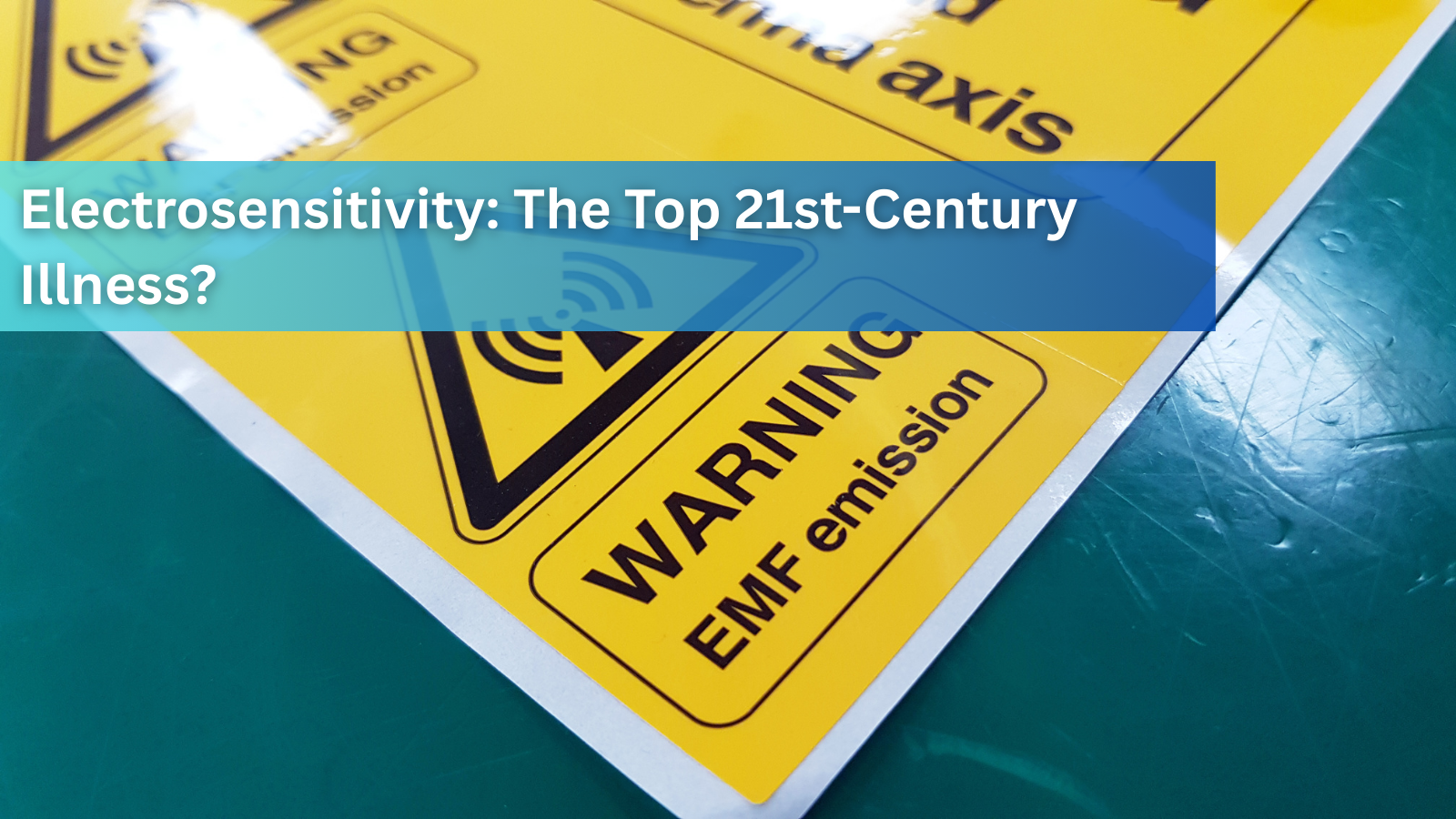The Myth of Germ-Free Laundry

A False Sense of Security?
Contrary to popular belief our washing machines may not actually be cleaning clothes of harmful bacteria. Even washing your clothing on high temperature cycles may not completely disinfect it, researchers have found.
The issue lies in the fact that washing machines don't necessarily sustain high enough temperatures to kill all bacteria and the soap used does not contain the basic chemicals that kill most pathogenic microoganisms. While many machines claim to reach scorching temperatures, the reality is that the water temperature can fluctuate significantly during the wash cycle, and parts of some clothes are never submerged in the hottest water.
Harmful bacteria like E. coli and Staphylococcus aureus can survive in washing machines and even transfer to clean clothes. This is particularly concerning for people with weakened immune systems, such as the elderly and those with chronic illnesses. Molds can also form inside washing machines and need special mold cleaning solutions to remove.
The failure to properly disinfect clothing can have serious consequences, including the spread of infections and illnesses. It's essential to take extra precautions to ensure your laundry is truly clean and hygienic.
What You Can Do
To minimize the risk of bacterial contamination, consider the following:
- Wash clothes in hot water (at least 140°F) for an extended period.
- Use a laundry sanitizer or disinfectant (vinegar, Hydrogen Peroxide, Soap with Sodium Hydroxide)
- Regularly clean and maintain your washing machine.
- Avoid overloading the washing machine to prevent bacterial growth.
Washing your clothing on high temperature cycles may not completely disinfect it, researchers have found, because washing machines don't necessarily sustain high enough temperatures
1 comment

September 27, 2025
Immune Supplements: Top 10 Best Supplements to Boost Immunity
Are you looking for effective ways to enhance your body’s natural defense? Immune supplements have become popular choices to support the immune system booster function, especially in times of increased illness risk. With so many products...
Read more
September 27, 2025
Cell Phone and WiFi Safety: How to Prevent and Treat EMF Damage and Electrosensitivity
Electrohypersensitivity (EHS), often called electrosensitivity, has been a polarizing and increasingly relevant issue over the past decade and a half. Since the number of people identifying with these symptoms continues to grow exponent...
Read more
September 27, 2025
Raw Carrots: Nature’s Antibacterial & Antiseptic Food
For most of us, carrots are simply a crunchy snack or a source of vitamin A. But according to researcher Ray Peat, PhD, raw carrots offer something more unusual: they act as a kind of natural antiseptic inside the gut, helping to contro...
Read more




borax with charlies laundry powder is the best I have used. i use bleach and DiatEarth to clean my machine.
Leave a comment